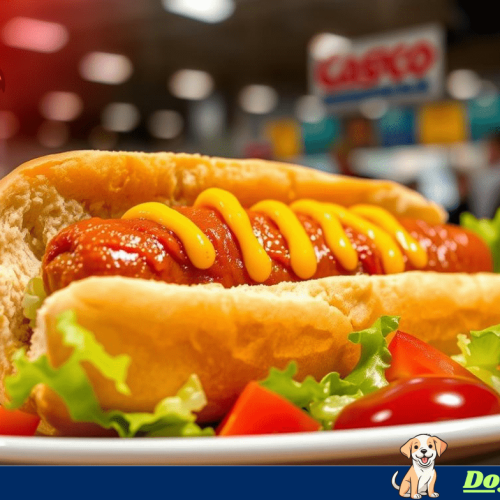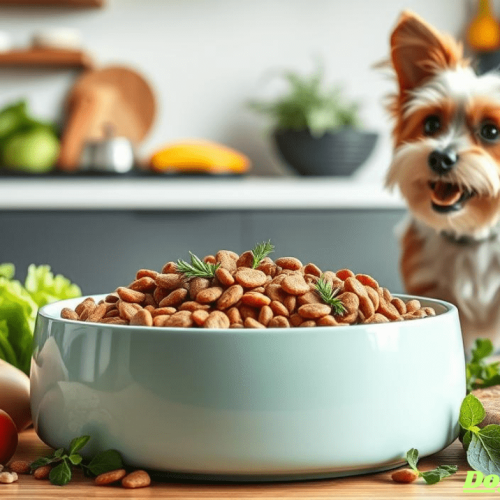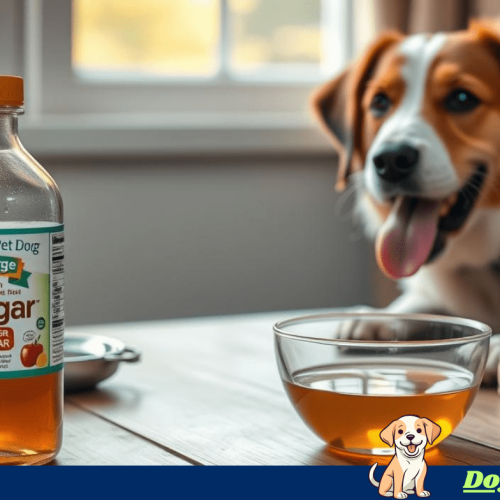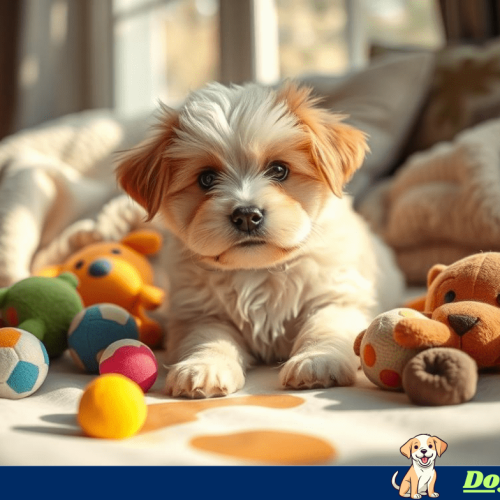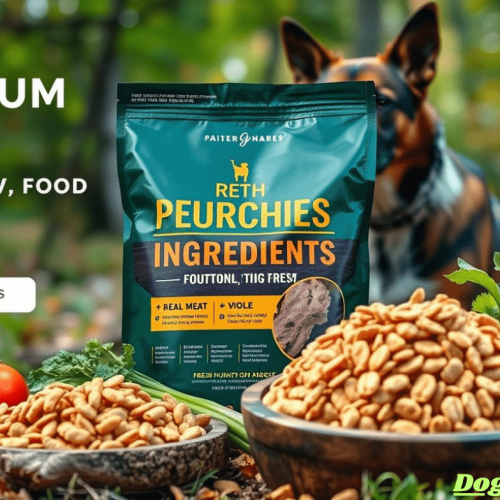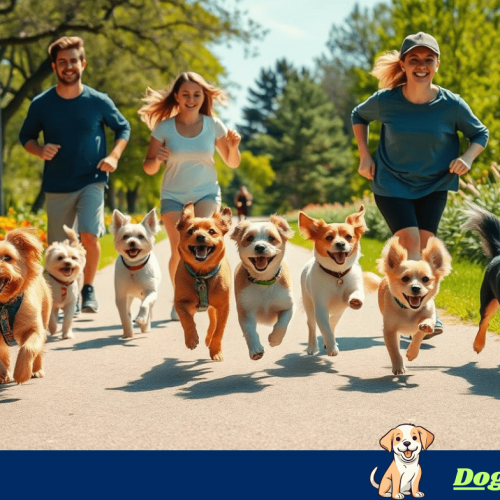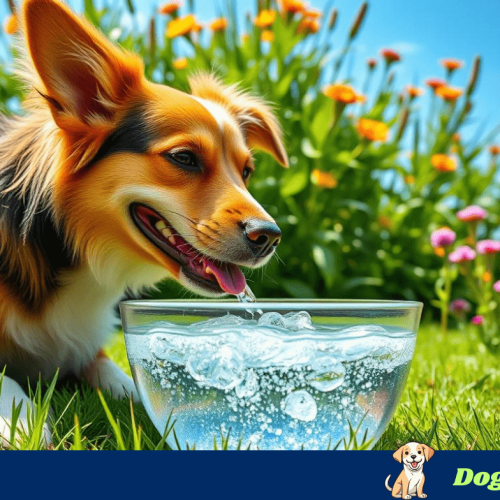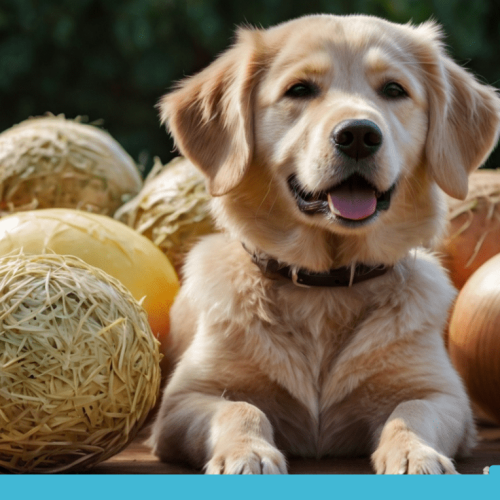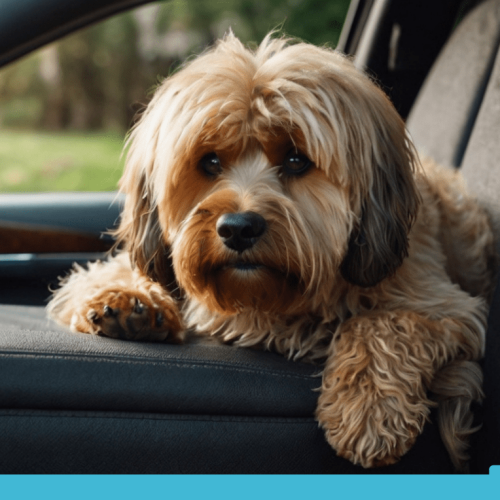Table of Contents
ToggleDog Breeds: Characteristics and Care Tips
Dutch are dog breeds from the Netherlands and are highly valued for a variety of purposes, from loyal companions to hardworking helpers. All three breeds are adaptable, smart, and used to strong work, making them good family dogs as well as working partners.
Dutch breeds have something special to offer, whether you’re after a playful housemate or a working dog.These dogs, with their long history, are deeply intertwined with the culture and uses of their land of origin.
From helping herd livestock to being family guardians, each breed has evolved-to do what they do best. Understanding their historical-evolution can provide a deeper connection to their cultural-heritage and help you choose the best fit for your lifestyle.
Dutch dog breeds: It’s ideal to zero in on your home. This will assist you in taking care of and training-these amazing creatures!
Key Takeaways
- Dutch dog breeds are known for their intelligence and versatility.
- Each breed has a unique history tied to its country of origin.
- Proper care and training are crucial for a-happy and healthy dog.
History of Dutch Dog Breeds

Dutch dog breeds have a rich and varied history. They have evolved over centuries, shaped by the needs of the people and the environment. You will discover how these breeds developed and the roles they played throughout history.
Early Canine Companions in the Netherlands
Dutch dog breeds, with their centuries-old origins, are a living link to the past. The earliest dogs were mostly working dogs, considered companions of humans. Such strains were vital for their existence and life.
Archaeological evidence indicates that dogs were in the area up to 4,000 years ago. These dogs were-eventually appreciated for their loyalty and skills. Breeds developed in relation to the needs of local populations.
Many of these early canines served roles such as herder, guardian, and hunter. They were good at many different jobs, which kept them integrated into Dutch culture, given their adaptability and intelligence.
Development of Breeds
The Netherlands’ unique conditions for dog breeding over the years have resulted in several top breeds. As part of this evolution, specific traits have been bred for, be it something functionally useful or something linked to disposition. This process has formed the Dutch breeds that we have today.
The Drentsche-Patrijshond was bred to trot the woods to hunt and retrieve birds. This gentle breed is an affectionate workhorse. But the Keeshond was a far better dog in terms of temperament and watchdog.
The introduction of selective breeding in the 16th century, and the establishment of dog-shows and societies in the 19th-century, played a crucial role in-the development of Dutch breeds. This process significantly influenced many of the breed types and their preservation.
Historical Roles and Uses
Historically, Dutch dog breeds served multiple roles in society. They were not just pets; they were valuable working animals.
Key roles included:
- Herding: Many Dutch dog breeds helped farmers manage livestock, especially sheep and cattle.
- Hunting: Breeds like the Drentsche Patrijshond were trained to assist hunters and retrieve the game.
- Guarding: Several breeds, such as the Keeshond, were trusted to protect homes and properties.
In addition to their working roles, these dogs also became beloved companions. Their loyal nature and adaptability led to their integration into family life, which has continued to this day.
Popular Dutch Dog Breeds

Dutch dog breeds are known for their versatility, intelligence, and strong work ethic. Below are some of the most popular breeds that originated in the Netherlands, each with unique characteristics that may suit different lifestyles.
Keeshond
The Keeshond is a medium-sized, friendly dog. It is neither huge nor small and is a very beautiful breed. The breed is characterized by its fox-like face, ruff, and double coat with a soft undercoat and a stiff outer jacket.
Keeshonds are social animals that thrive on companionship. They are alert and make natural watchdogs, but their temperament is not over-aggressive.
Their playful nature makes them great family pets.
Grooming method of Keeshonds Some of the keratinocytes have been proven to help in the strand. They also require daily exercise, which can come in the form of walks or play meetings to help keep them mentally and physically tonic.
Dutch Shepherd
The Dutch Shepherd, an incredibly intelligent and versatile working dog, is also known for-its high protective-instincts. This makes-them a reliable choice for police and military work, providing a sense of security and reassurance.
Dutch shepherds-have three coat-types: short-haired, long-haired, and rough-haired. They are larger dogs known for being somewhat stocky and have a unique coat that resembles a tiger-striped pattern known as brindle.
They require daily exercise. They need something active to keep them happy and healthy, such as agility training or longer runs. Dutch Shepherds are best suited for active homes that can keep them busy with different tasks.
Kooikerhondje
The Kooikerhondje is a small-medium dog that has both a lovely personality and eye appeal. The dog gets its unique orange and white color, and it is known for hunting ducks.
This breed is smarter, more dynamic, and more trainable. Kooikerhondjes are great family dogs because they get along well with children and other pets. Their fun and playful spirit will bring life to any family.
Regular grooming is essential to maintain the Kooikerhondje’s coat, and they require daily-exercise to keep their high energy levels in check. Interactive toys-and training can help stimulate their minds and keep them engaged.
Stabyhoun
The Stabyhoun is a Dutch breed that ranks among the rarest in the country. Well-balanced and friendly, this popular medium-sized dog is also very loving. Stabyhouns are beautiful with their slightly soft coat, which can be any combination of colors with the exception of white and white intros.
Originally used for hunting and as a farm dog, Stabyhouns are friendly and loyal, making them delightful companions for the household. They strongly bond with their owner and adore being part of family activities, creating opportunities for shared experiences and bonding.
They’re used to all kinds of activities, regular exercise, and not sitting behind a desk all day. At least their coats-require occasional grooming to ensure their health.
Characteristics and Traits
Dutch dog breeds display a variety of physical traits, unique temperaments, and solid working abilities. Each breed brings specific characteristics that make them suitable for different roles and environments. Understanding these traits will help you choose-the right breed for your lifestyle.
Physical Traits
Dutch dog breeds often share similar physical characteristics. Most are medium-sized dogs, which makes them versatile for various living situations.
Common traits include:
- Strong Bodies: They generally have robust, muscular builds.
- Distinctive Markings: Many breeds feature unique color patterns and markings.
- Adaptable Size: Heights often range from 20 to 25 inches, accommodating both urban and rural lifestyles.
For example, the Dutch Shepherd has a lean, athletic build, while the Kooikerhondje has a more compact frame. The variety in appearance reflects the diverse roles these dogs have historically played in Dutch culture.
Temperament
Temperament can differ significantly among the breeds, but many share positive traits.
Key personality aspects include:
- Intelligence: Most Dutch breeds are quick learners and eager to please.
- Loyalty: They form strong bonds with their families.
- Social Nature: These dogs often get along well with children and other pets.
Breeds like the Schipperke are known for their spirited personality, while the Drentsche Patrijshond is often calmer and more laid-back. This mix of traits makes them adaptable companions for a wide range of households.
Working and Sporting Abilities
Dutch dog breeds have a rich history of working roles, from herding to hunting. Their abilities often reflect their breeding.
For instance:
- Herding breeds excel in managing livestock.
- Hunting breeds, such as the Drentsche Patrijshond, are skilled at pointing and retrieving games.
These dogs are not just good at work; they need it to thrive. Regular physical and mental exercises, such as agility training or obedience classes, can help them stay healthy and happy. This focus on work makes them best companions for active families or individuals-who enjoy outdoor activities.
Care and Training for Dutch Breeds

Taking care of Dutch breeds involves:
- Understanding their specific nutritional needs.
- Addressing potential health concerns.
- Ensuring they receive proper training and exercise.
Meeting these requirements is critical to their well-being and happiness.
Nutritional Needs
Dutch breeds typically require a diet with a good balance that helps maintain their energy levels and overall health. Good food is also important since it gives them the right nutrition for their size and hunting level. You can check your diet, and meat is mentioned as its first ingredient, which means you have enough protein.
Why not consider splitting your Dutch breed’s meals into 2 or 3 servings a day? This practice not only aids in weight control but also helps prevent bloating. It’s also important to be mindful of any food sensitivities or allergies, as some dogs may react to certain ingredients.
Incorporating healthy snacks such as veggies or fruits will improve their diet. Be sure to check with your veterinarian to ensure what is being suggested, as this depends on your dog’s age, size, and health.
Health Considerations
Like Dutch breeds in general, regular vet check-ups can help catch potential health issues early. Hip dysplasia and eye problems are common conditions in some Dutch breeds. Administer vaccinations and parasite control in a timely manner, which can avert numerous illnesses.
Keep teeth strong and clean with daily brushing and dental chews. This habit can protect against common dental diseases in dogs.
For Dutch breeds, weight management is crucial. Obesity can lead to many health-problems, so it’s important to keep a close eye on their weight and adjust-their diet and workout program accordingly.
Training and Exercise
Your Dutch breed will be a great companion, but you need to train it. Because of their intelligence and willingness to learn, positive reinforcement techniques are a breeze with these breeds. Reinforce good behavior during training sessions with treats and praise.
Consistency is key. Get into the routine of doing a few commands a day and meeting other dogs and people. Dutch breeds, like all breeds, need regular exercise to stay healthy and happy. Get at least 30 to 60 minutes of periodic exercise a day — walking, playtime, or agility training.
Think of activities that engage their brains and bodies, like puzzle toys or obedience training. A well-exercised dog will not only experience a low risk of developing a behavioral issue but also create a stronger bond between-you and your dog as they will learn to trust you more.
Frequently Asked Questions about Netherlands Dog Breeds
In this section, you will find answers to common questions about dog breeds from the Netherlands. These topics cover popular breeds, regulations, and the unique characteristics of Dutch dogs.
What are the most popular dog breeds in the Netherlands?
Some of the most popular dog breeds you will find in the Netherlands include the Dutch Shepherd, Keeshond, and Wetterhoun. These breeds are known for their loyalty, intelligence, and family-friendly nature.
Which dog breeds are native to the Netherlands?
Several dog breeds are native to the Netherlands. These include the Dutch Shepherd, Kooikerhondje, Stabyhoun, and Drentsche Patrijshond. Each breed has distinct traits that reflect the country’s history and needs.
Are there any breed-specific regulations for dogs in the Netherlands?
Yes, the Netherlands has breed-specific regulations aimed at promoting safety and responsible ownership. Some municipalities may have restrictions or requirements for certain potentially dangerous breeds.
What is considered the national dog breed of the Netherlands?
The Keeshond is often regarded as the national dog breed of the Netherlands. This breed is known for its distinctive facial markings and friendly disposition.
Can you list some small breed dogs that originate from the Netherlands?
The Hollandse Smoushond and the Kooikerhondje are small Dutch breeds known for their playful nature and adaptability to family life.
What large dog breeds can be found in the Netherlands?
The Dutch Shepherd and the Stabyhoun are examples of large dog breeds found in the Netherlands. Both breeds are strong, versatile, and well-suited for various tasks, including herding and companionship.
Also Read : Dog Life Info


